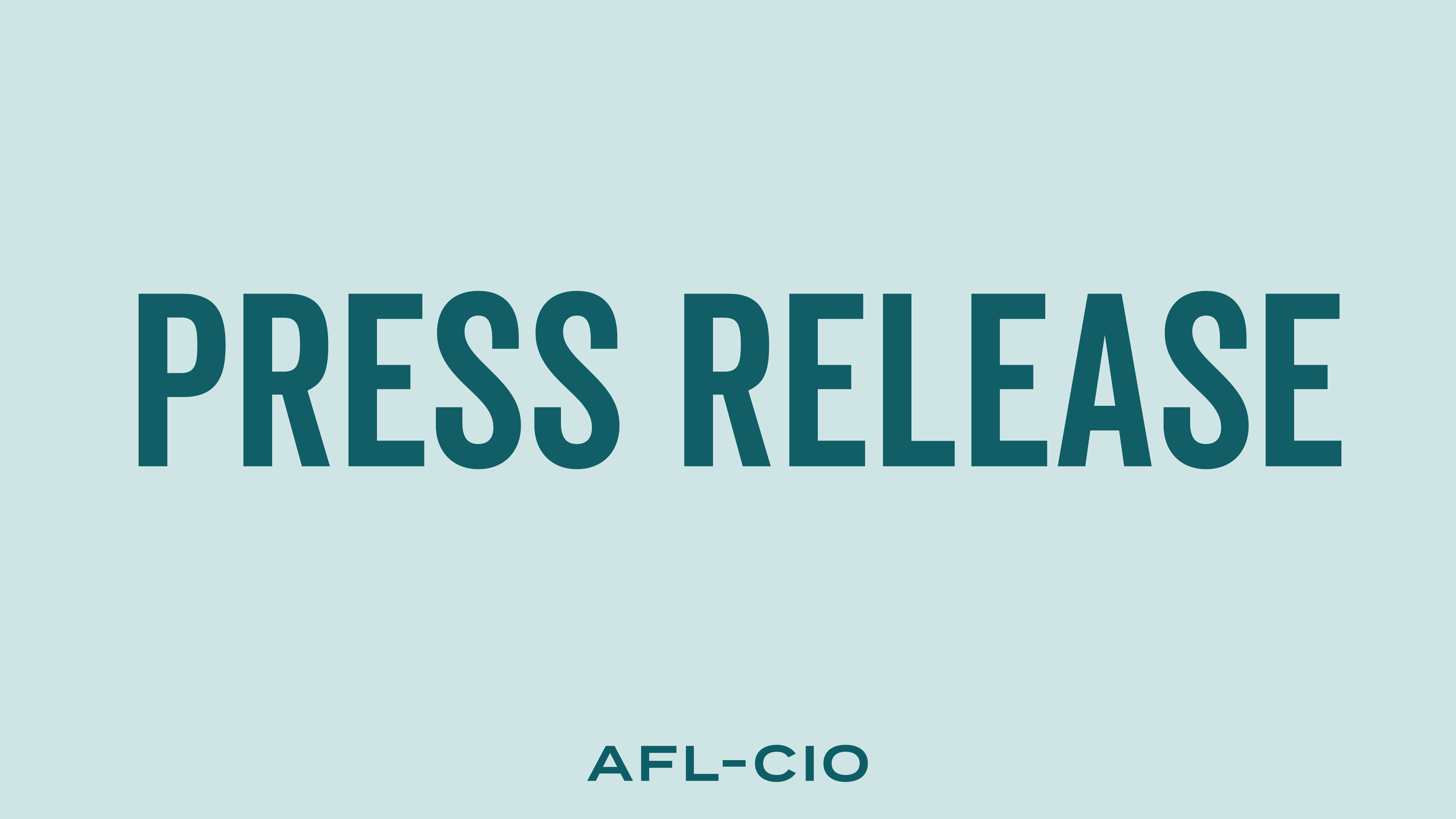US Infrastructure Investment
TL/DR -
The Bipartisan Infrastructure Law (BIL) signed by President Biden in November 2021 allocated $1.2 trillion for transportation, energy, and climate infrastructure in the US. Significant funding has been directed towards water projects, broadband expansion, clean energy projects, and transportation, with most of the money being distributed through state, local governments, tribal nations, and public-private partnerships. The law has led to a significant increase in infrastructure spending, impacting areas such as watershed and coastline, water reclamation, and broadband access, particularly in lower-income states with lower-rated infrastructure, who have received more funding per capita.
Understanding the Impact of the Bipartisan Infrastructure Law on American Infrastructure
The Bipartisan Infrastructure Law (BIL), signed by President Biden in November 2021, is the latest significant advancement in American infrastructure. This legislation injects $1.2 trillion into transportation, energy, and climate infrastructure initiatives, with funds being allocated to state and local governments, tribal nations, nonprofits, and public-private partnerships.
Key Impacts of the Bipartisan Infrastructure Law
State and local infrastructure spending have experienced a substantial increase, the largest since 1979. Lower-income states with less-developed infrastructure are now receiving more funding than middle-income states, a shift attributable to the BIL.
Investment in Watershed and Coastline Protection
The National Resources Conservation Service dedicated $846 million of BIL funds to watershed programs in 2023, including $133 million for wildfire recovery in New Mexico and $13.6 million for floodplain buyouts in Southeastern Kentucky.
Water and Desalination Projects
6.6% of BIL’s spending commitment is designated for water projects. The EPA is set to receive $50 billion for improving drinking water and wastewater systems, marking the largest federal investment in water infrastructure in U.S. history. The BIL also earmarks $1 billion for water recycling and desalination.
Promoting Broadband Access
Broadband projects have been apportioned $65 billion from BIL funding, targeting expansion of high-speed internet access, especially in unserved locations.
Enhancing Energy Systems
Over 10% of BIL funding is attributed to energy, including clean-energy projects intended to bolster energy systems and U.S. energy independence. Some of these funds are allocated for battery storage, nuclear energy, hydroelectricity, and efficiency enhancements. The aim is to achieve carbon-free electricity by 2035 and a net-zero economy by 2050.
Transportation and Infrastructure Upgrades
A significant 68.3% of the BIL fund is allocated to transportation projects, including the 22nd Street Revitalization Project in Tucson, Arizona, and the Maritime Support Facility Access/Terminal Island Rail System Project at the Port of Los Angeles.
Future Infrastructure Spending
Future BIL spending for infrastructure modernization projects is anticipated, including Grid Resilience State and Tribal Formula Grant and cybersecurity projects designed to protect the energy sector. The volume of projects funded by the Bipartisan Infrastructure Law is vast, with many more in the pipeline.
---
Read More USA Works News


